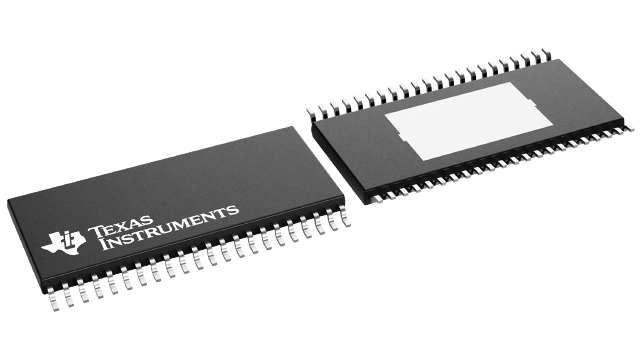Texas Instruments
TPA3250D2DDWR
TPA3250D2DDWR
Couldn't load pickup availability
TPA3250D2DDWR Texas Instruments - Yeehing Electronics
70-W stereo, 140-W mono, 12- to 38-V supply, analog input Class-D audio amplifier, pad-down
Pricing (USD)
| Quantity | Unit Price |
| 1 — 99 | 4.326 |
| 100 — 249 | 3.527 |
| 250 — 999 | 2.772 |
| 1,000 + | 1.37 |
The above prices are for reference only.
Specifications
| Manufacturer | Texas Instruments |
| Product Category | Audio Amplifiers |
| RoHS | Y |
| Series | TPA3250D2 |
| Product | Audio Amplifiers |
| Class | Class-D |
| Output Power | 70 W, 130 W |
| Mounting Style | SMD/SMT |
| Type | Audio Power Amplifier |
| Package / Case | HTSSOP-44 |
| THD plus Noise | 0.005 % |
| Supply Voltage - Max | 36 V |
| Supply Voltage - Min | 12 V |
| Minimum Operating Temperature | 0 C |
| Maximum Operating Temperature | + 70 C |
| Packaging | Reel |
| Input Type | Analog |
| Brand | Texas Instruments |
| Gain | 20 dB |
| Number of Channels | 2 Channel |
| Shutdown | Shutdown |
| Moisture Sensitive | Yes |
| Operating Supply Current | 40 mA |
| Pd - Power Dissipation | 600 mW |
| Product Type | Audio Amplifiers |
| PSRR - Power Supply Rejection Ratio | 60 dB |
| SNR - Signal to Noise Ratio | 112 dB |
| Factory Pack Quantity | 2000 |
| Subcategory | Audio ICs |
| Tradename | PurePath |
| Unit Weight | 0.011933 oz |
For more information, please refer to datasheet
Documents
| TPA3250D2DDWR Datasheet |
More Information
The TPA3250 device is a high performance class-D power amplifier that enables true premium sound quality with class-D efficiency. It features an advanced integrated feedback design and proprietary high-speed gate driver error correction (PurePath™ Ultra-HD). This technology allows ultra low distortion across the audio band and superior audio quality. With a 32V power supply the device can drive up to 2 × 130 W peak into 4-Ω load and 2 × 70 W continuous into 8-Ω load and features a 2 VRMS analog input interface that works seamlessly with high performance DACs such as TIs PCM5242. In addition to excellent audio performance, TPA3250 achieves both high power efficiency and very low power stage idle losses below 1 W. This is achieved through the use of 60 mΩ MOSFETs and an optimized gate driver scheme that achieves significantly lower idle losses than typical discrete implementations.

